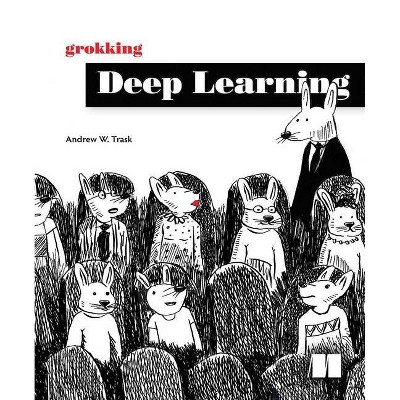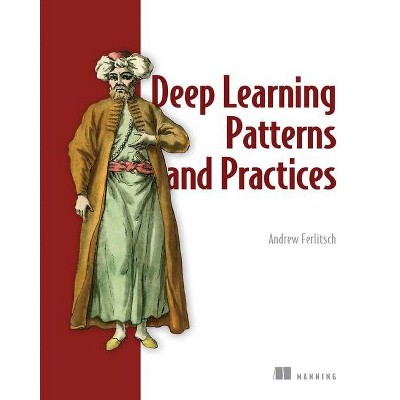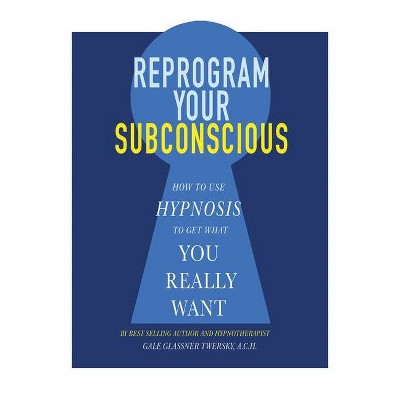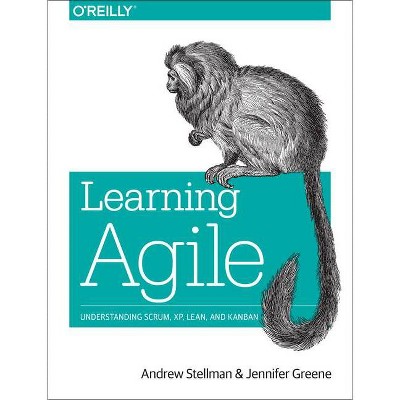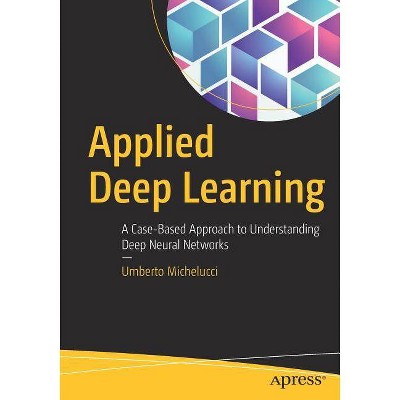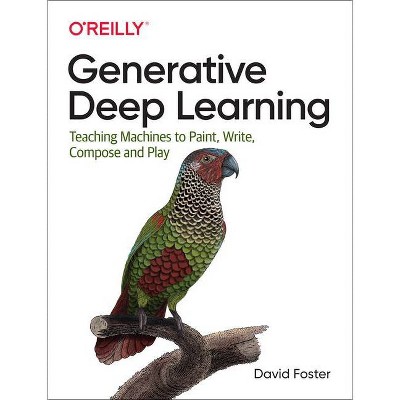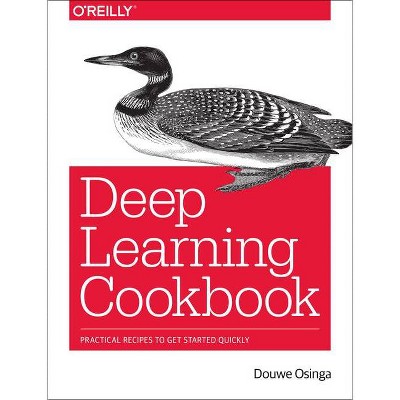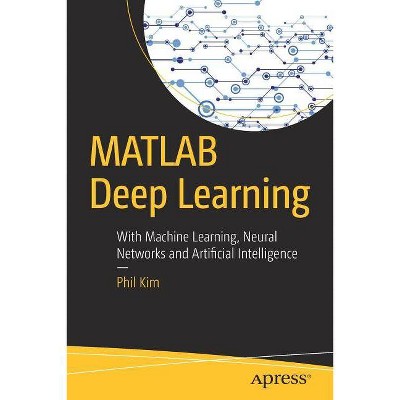Deep Learning - by Andrew Glassner (Paperback)
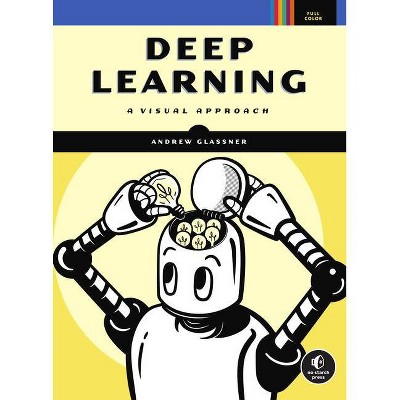
Similar Products
Products of same category from the store
AllProduct info
<p/><br></br><p><b> About the Book </b></p></br></br>"A practical, thorough introduction to deep learning, without the usage of advanced math or programming. Covers topics such as image classification, text generation, and the machine learning techniques that are the basis of modern AI"--<p/><br></br><p><b> Book Synopsis </b></p></br></br><b>A richly-illustrated, full-color introduction to deep learning that offers visual and conceptual explanations instead of equations. You'll learn how to use key deep learning algorithms without the need for complex math.</b> <p/>Ever since computers began beating us at chess, they've been getting better at a wide range of human activities, from writing songs and generating news articles to helping doctors provide healthcare.<br/><br/>Deep learning is the source of many of these breakthroughs, and its remarkable ability to find patterns hiding in data has made it the fastest growing field in artificial intelligence (AI). Digital assistants on our phones use deep learning to understand and respond intelligently to voice commands; automotive systems use it to safely navigate road hazards; online platforms use it to deliver personalized suggestions for movies and books - the possibilities are endless.<br/><br/><i>Deep Learning: A Visual Approach</i> is for anyone who wants to understand this fascinating field in depth, but without any of the advanced math and programming usually required to grasp its internals. If you want to know how these tools work, and use them yourself, the answers are all within these pages. And, if you're ready to write your own programs, there are also plenty of supplemental Python notebooks in the accompanying Github repository to get you going.<br/><br/>The book's conversational style, extensive color illustrations, illuminating analogies, and real-world examples expertly explain the key concepts in deep learning, including: <br/> <br/> <b>-</b> How text generators create novel stories and articles<br/> <b>-</b> How deep learning systems learn to play and win at human games<br/> <b>-</b> How image classification systems identify objects or people in a photo<br/> <b>-</b> How to think about probabilities in a way that's useful to everyday life<br/> <b>-</b> How to use the machine learning techniques that form the core of modern AI<br/><br/>Intellectual adventurers of all kinds can use the powerful ideas covered in <i>Deep Learning: A Visual Approach</i> to build intelligent systems that help us better understand the world and everyone who lives in it. It's the future of AI, and this book allows you to fully envision it.<br/> <br/><b>Full Color Illustrations</b><p/><br></br><p><b> Review Quotes </b></p></br></br><br>Andrew is famous for his ability to teach complex topics that blend mathematics and algorithms, and this work I think is his best yet.<br> --<b>Peter Shirley, Distinguished Research Engineer, Nvidia<br></b><br> "I would recommend that anyone entering this area, or even already familiar with the subject, read it cover-to-cover to firmly ground their understanding."<br> --<b>Richard Szeliski, author of <i>Computer Vision: Algorithms and Applications</i></b> <p/>This is a comprehensive--yet easy to understand--book about complex concepts and algorithms. Andrew Glassner demonstrates that visualizing concepts as graphs is a tremendous benefit to easy cognition.<br><b>--Thomas Frisendal, author of </b><i>Graph Data Modeling for NoSQL and SQL</i> <p/>An absolutely amazing book in the field of Machine Learning. Lots of colored visuals make the concepts very easy to understand.<br><b>--Nabeel حسن, @nabeelhasan25</b><br><p/><br></br><p><b> About the Author </b></p></br></br><b>Andrew Glassner </b>is a research scientist specializing in computer graphics and deep learning. He is currently a Senior Research Scientist at Weta Digital, where he works on integrating deep learning with the production of world-class visual effects for films and television. He has previously worked as a researcher at labs such as the IBM Watson Lab, Xerox PARC, and Microsoft Research. He was Editor in Chief of ACM TOG, the premier research journal in graphics, and Technical Papers Chair for SIGGRAPH, the premier conference in graphics. He's written or edited a dozen technical books on computer graphics, ranging from the textbook <i>Principles of Digital Image Synthesis</i> to the popular <i>Graphics Gems</i> series, offering practical algorithms for working programmers. Glassner has a PhD in Computer Science from UNC-Chapel Hill.
Price History
Price Archive shows prices from various stores, lets you see history and find the cheapest. There is no actual sale on the website. For all support, inquiry and suggestion messages communication@pricearchive.us
